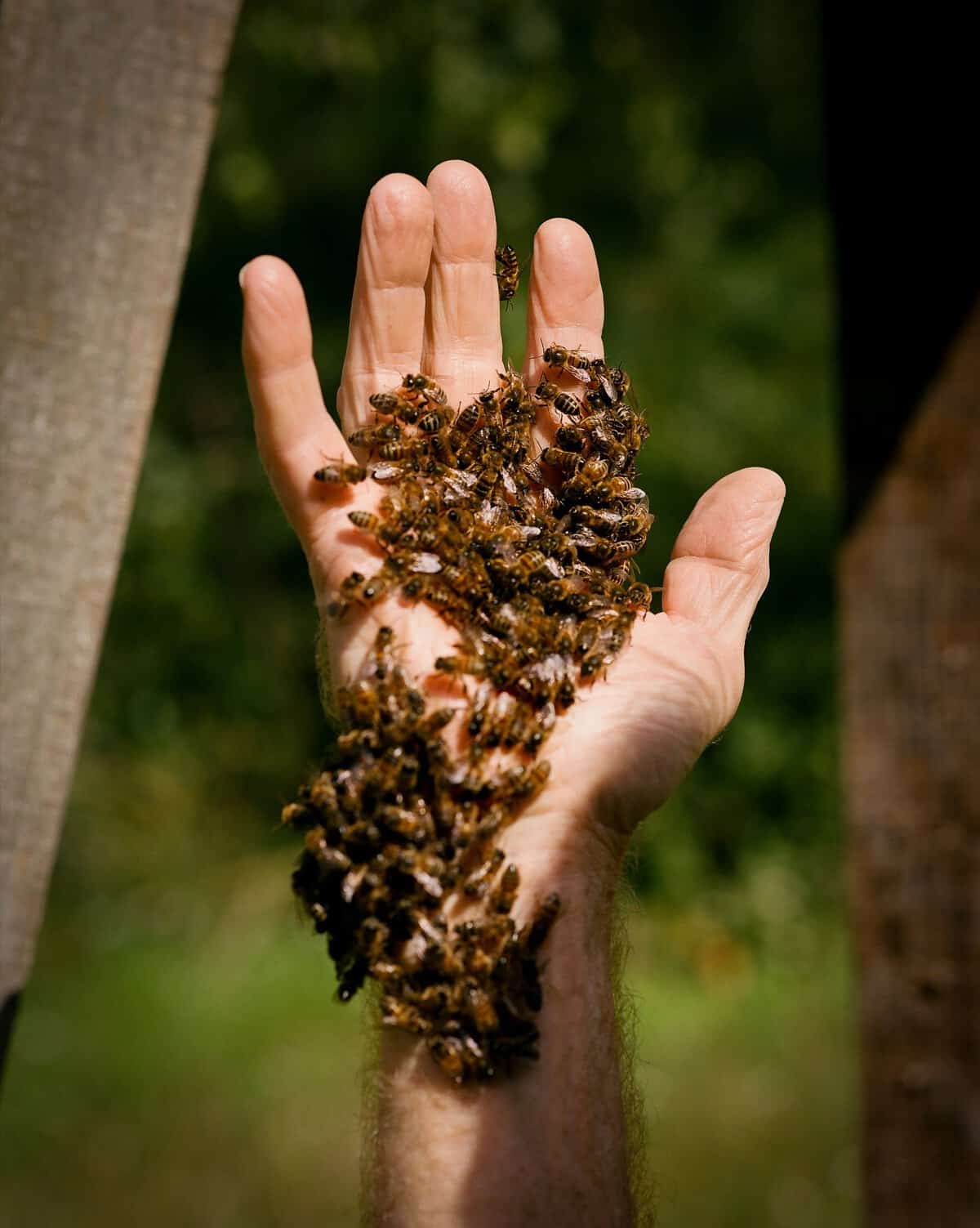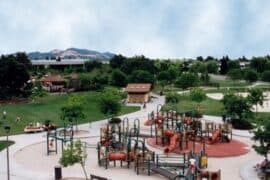The Buzz About Bees: An Educational Journey for Families
Hey there, amazing parents! ? Are you ready to dive into the buzzing world of bees with your little ones? These incredible insects are not just producers of sweet honey; they are crucial to our ecosystem, playing a pivotal role in pollinating the plants that give us the food we enjoy every day. So, let’s embark on a wonderful journey to learn about bees and how we can instill a sense of wonder and respect for these tiny, yet mighty creatures in the hearts of our children.
Understanding Our Busy Friends – The Life of Bees
Imagine a world without colorful flowers or juicy fruits—pretty bleak, right? Well, thanks to the industrious work of bees, we don’t have to worry about that! These hardworking insects zip from flower to flower, collecting nectar and spreading pollen—a process essential for the reproduction of many plant species. Let’s break down the buzz-worthy facts that you can share with your minis:
- The Bee Family: Bees belong to the Apidae family, and there are over 20,000 species of bees worldwide. The most common one is the honeybee, known for its honey-making prowess and living in well-organized colonies.
- The Hive Life: Hives are the bustling homes of bees and can house thousands of members, each with a specific role. There’s the queen bee, the drones, and the worker bees, each contributing to the hive’s success in their unique ways.
- Pollination Power: As bees collect nectar, pollen sticks to their fuzzy bodies and gets transferred to other flowers. This cross-pollination helps fruits, nuts, and vegetables to grow, supporting our dietary needs and those of wildlife.
Why Bees Matter: The Environmental Impact
One might wonder, “Why all this buzz about bees?” The answer is simple, yet profound. Bees are vital to the balance of ecosystems and for the diversity of plant and animal life on our planet:
- Environmental Balance: Bees support the growth of trees, flowers, and other plants, which serve as food and shelter for creatures big and small.
- Biodiversity: By pollinating a wide variety of plants, bees contribute to the richness and variety of our natural habitats.
- Food Chain Support: Many species, including humans, rely on bees for our own survival. Without them to pollinate crops, our food supply would be at serious risk.
Teaching Children About Bees: Combining Fun and Facts
Now that we know just how important bees are, it’s time to pass on that knowledge to our children in ways that are both engaging and educational. Here are some buzz-worthy pointers:
- Story Time: Start with books or stories that feature bees as the main characters. This helps children connect emotionally with these insects and fosters empathy towards their lives.
- Garden Visits: Take your kids to a local garden or park and play a game. See who can spot the most bees, what flowers they’re visiting, and observe their behavior. It’s a fun game that makes outdoor time educational.
- Crafts and Creativity: Get crafty by creating bee-related art projects. Drawing and coloring bees or making a bee habitat model can help reinforce your child’s understanding and appreciation of bees.
Embarking on this bee-autiful adventure with your children can open up a whole new world of respect and fascination for these little heroes of the environment. Stay tuned for our upcoming sections where we’ll explore how to create a bee-friendly garden, understanding bee safety, and even delicious honey-based recipes you can make with your kiddos!
So whether you’re planning a family garden project or simply looking for a way to teach your kids about the importance of nature, bees make for a perfect topic full of lessons and fun. Let’s turn curiosity into knowledge and make learning about bees an un-bee-lievable journey for the whole family!

Preparing Your Family for a Bee-Friendly Lifestyle
Welcoming bees into your family’s life is much like preparing a garden to bloom—it takes care and consideration. Here are five vital bits of wisdom to help you and your kids get set for a bee-friendly lifestyle:
- Learn Bee Behavior: Understanding how bees behave is essential. Bees are generally non-aggressive and only sting when they feel threatened. Teaching children to admire bees from a distance ensures both the bees’ safety and your child’s.
- Identify Local Bees: Familiarize yourself with the types of bees in your area. Certain species might prefer different plants or habitats. This knowledge can help you plant a more effective bee-friendly garden and educate your children about their local bee neighbors.
- Create a Safe Environment: When making a bee-friendly garden or space, it’s crucial to avoid using pesticides or chemicals that can harm bees. Opt for organic gardening methods and teach your children why it’s important to keep our bee friends safe.
- Educate on Allergy Awareness: Make sure to have a conversation about allergies, as some people, including children, may be allergic to bee stings. It’s important to know the signs of an allergic reaction and have a plan in case of emergencies.
- Respect Their Space: Instilling a sense of respect for bees and their habitat helps children understand the concept of boundaries in nature. A respectful distance ensures everyone can buzz in harmony—both bees and your brood!
Creating a Bee-Friendly Garden
Wouldn’t it be wonderful to have your very own bee haven right in your backyard? Creating a bee-friendly garden is not just a vibrant splash of nature’s colors, but it’s also a dynamic classroom for your children. Here’s how you can start:
- Select a variety of plants that flower at different times of the year to provide bees with a consistent source of nectar and pollen.
- Include local native plants in your garden, as they are already suited to your local bee species.
- Consider having a small water source in your garden, like a bird bath or a shallow dish with stones for bees to perch on while they drink.
- Leave some garden areas a bit wild. Piles of leaves and twigs can provide nesting sites for wild bees.
Involve your children in the garden planning and care. Picking out flowers, planting seeds, and watering the plants can become a much-loved family activity that buzzes with educational opportunities.
Bee Safety 101
As much as we adore our fuzzy friends, bee safety is a prime part of the learning curve. Here are some helpful tips:
- Avoid swatting at bees or making rapid movements near them, as this may provoke them.
- Teach your children to stay calm around bees and to walk away slowly if a bee approaches them.
- Wear footwear when outside to protect against accidentally stepping on a bee.
- Check for bee allergies and have a first aid kit handy should someone be stung.
Remember, knowledge is the best defense. The more your family knows about bees and their behaviors, the safer your interactions will be.
Transforming fascination into education and trepidation into admiration is what this guide is all about. With a hive-full of engagement, imagination, and responsible practices, you’re all set for an enchanting pollinator-friendly journey. Let’s make every little encounter with bees a chance to learn, love, and care for these vital members of our natural world. Buzz on, intrepid families, and embrace the bee-autiful community of pollinators that help keep our planet thriving!
For more great fun click here. For more information see here
Disclaimer
The articles available via our website provide general information only and we strongly urge readers to exercise caution and conduct their own thorough research and fact-checking. The information presented should not be taken as absolute truth, and, to the maximum extent permitted by law, we will not be held liable for any inaccuracies or errors in the content. It is essential for individuals to independently verify and validate the information before making any decisions or taking any actions based on the articles.




